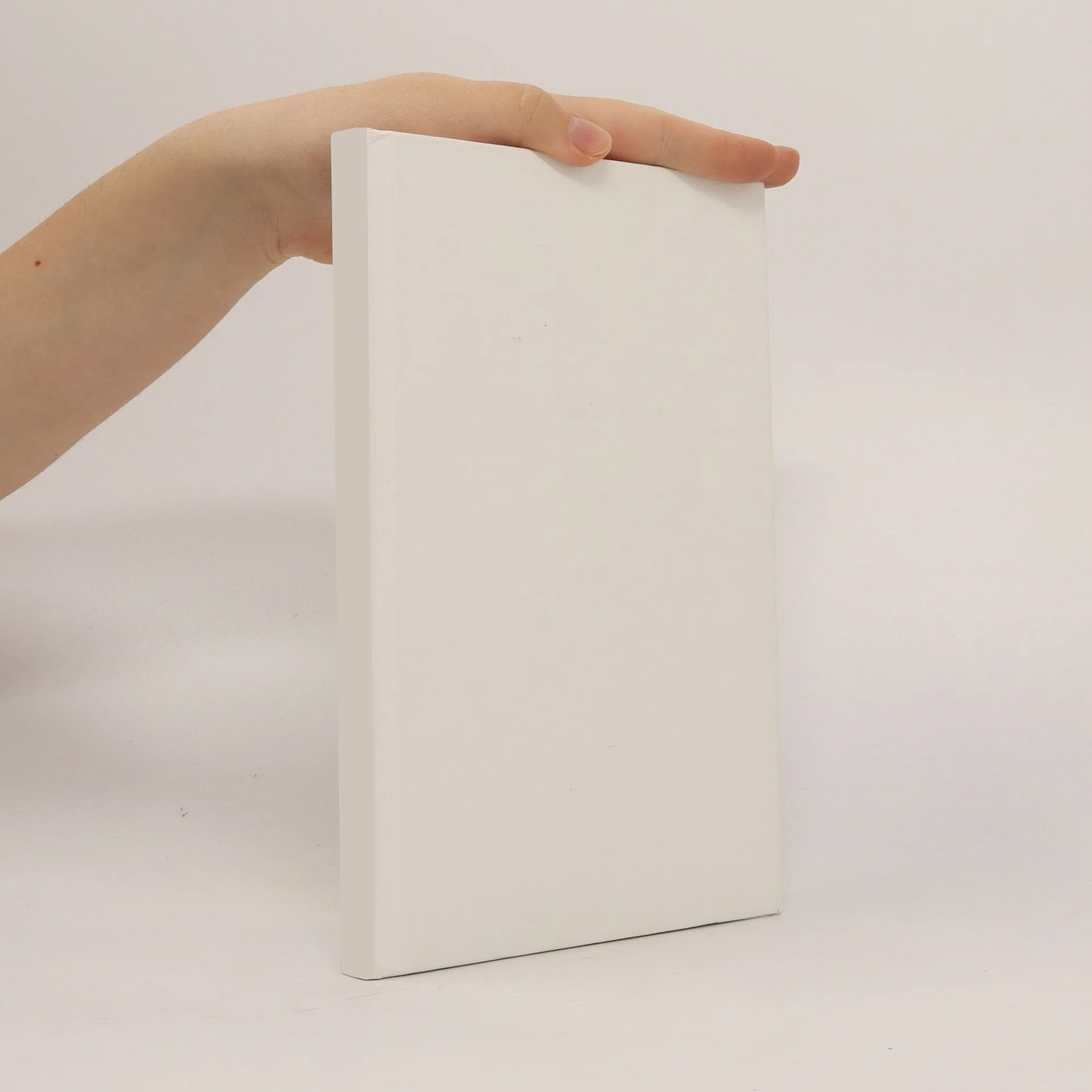
Options for the joint evolution of digital terrestrial television and mobile internet access
Autori
Viac o knihe
Terrestrial broadcast is traditionally realized over High Tower High Power (HTHP) networks which have been reserved in the transition from the analog PAL to the first generation of the digital DVB-T technology. The drawback of this traditional network design is its spectral inefficiency. The demand for providing more TV programs with HD quality as well as the increasing spectrum consumption of mobile internet services, with video streaming being one of the driving factors, necessitate a reoptimization of the current broadcast network and a more efficient allocation of frequencies. In this thesis, three options for a future frequency-efficient evolution and coesistence of terrestrial TV and mobile internet are specified and investigated: -Transition from the current terrestrial broadcast with DVB-T to its successor DVB-T2 while retaining the HTHP network infrastructure. -Switch-over from DVB-T to DVB-T2 with transition to a Low Tower Low Power (LTLP) network infrastructure.